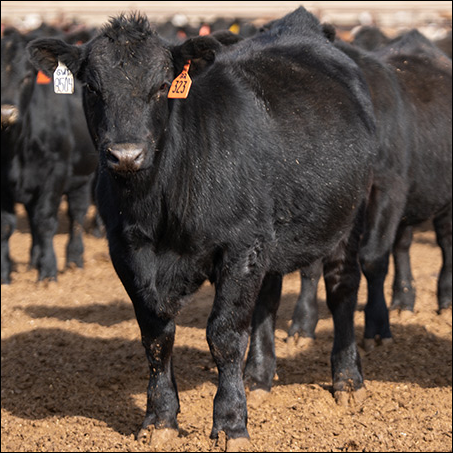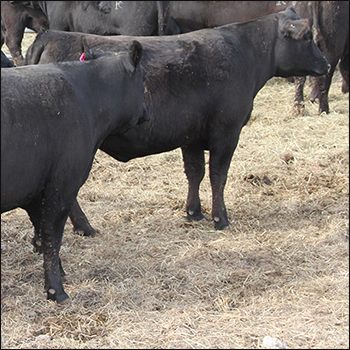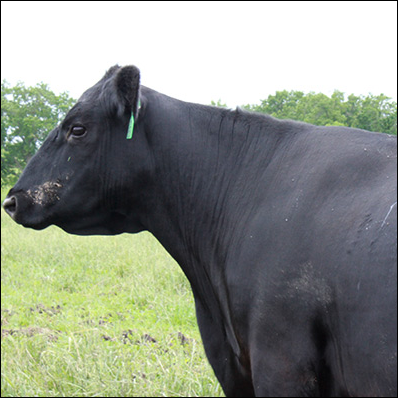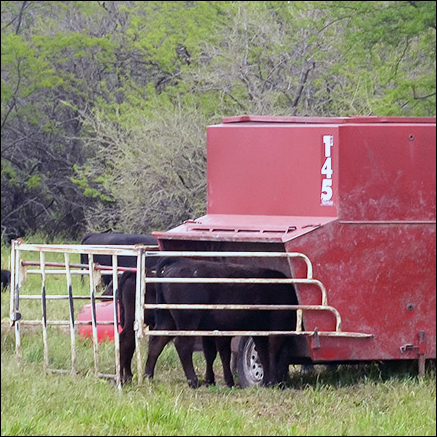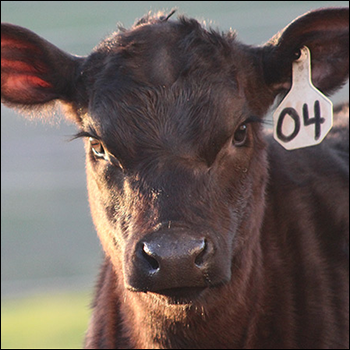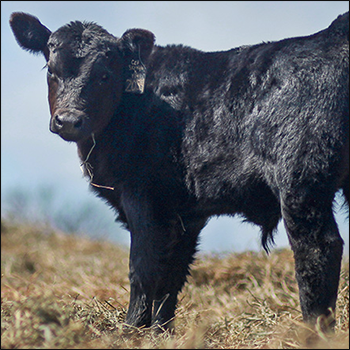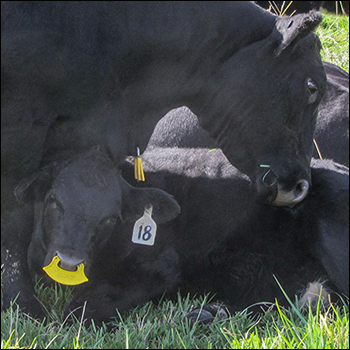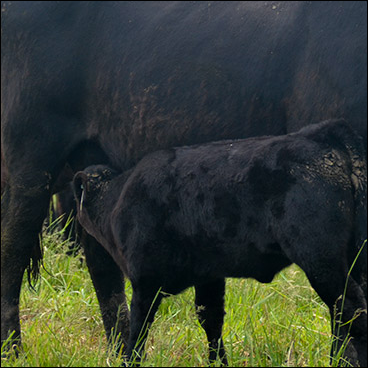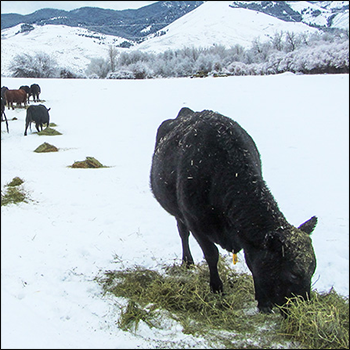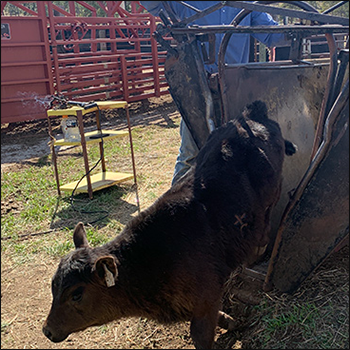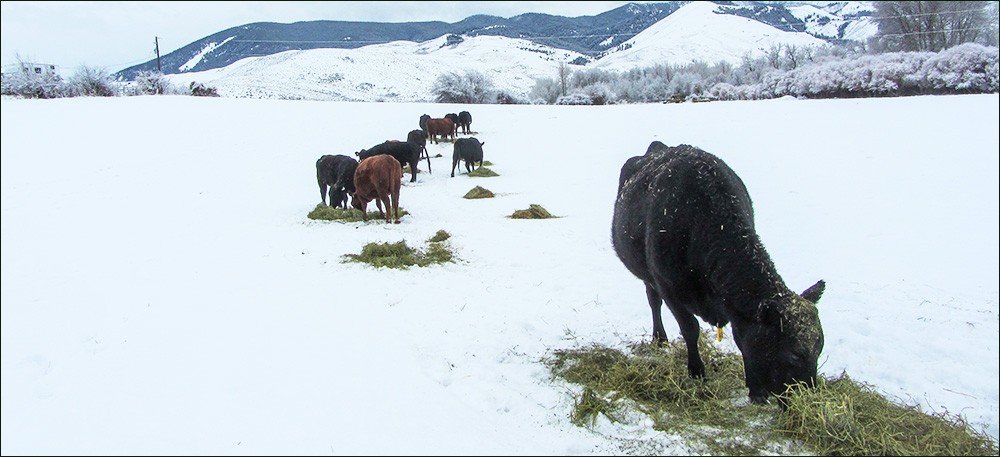
Gestation Nutrition Affects Calf Weaning Weights
Increasing body condition score during gestation increases weaning performance.

New information continues to emerge surrounding the effects of fetal programming on the growth and performance of calves. Some studies have even dug into the effect of nutrition for the pregnant cow on her calf at weaning age.
David Bohnert, beef extension specialist and ruminant nutritionist at Oregon State University’s Eastern Oregon Agricultural Research Center, Burns, Ore., says historically producers haven’t really considered how cow nutrition during gestation affects weaning performance, but we are starting to see a lot of data showing how gestational nutrition affects the lifelong productivity of that calf.
“One of the studies we did here looked at how cow body condition and weight fluctuates throughout the year,” Bohnert says. “With most spring-calving herds, cows lose condition beginning in late summer. We manage them to put it on again when it’s cheaper in the fall or winter when nutrient requirements have decreased after weaning. We’re not holding those cows at a constant body condition score the whole year.”
Some of the earlier data showed that when cows are supplemented during late gestation, the calves seem to do better.
“Work in Nebraska and some of the work I did here in Oregon showed that we can increase weaning weight and also improve calf health just by how we fed and managed that cow when that calf was in utero,” he says.
If the cow is in good health, with good body condition, her colostrum is optimal. This lets the calf get off to a better start.
During a follow-up study, Bohnert looked at whether it matters what period of gestation the cow starts to improve in body condition. Shortly after breeding, the cow herd was divided into several groups. One group was held at a body condition score (BCS) of 4.5 all the way through gestation until calving. Some of the cows had a BCS of approximately 6, and were held at 6 all the way through gestation, he explains.
The rest of the cows were divided into three groups. One group was managed to increase from a 4.5 up to a 6 by the end of the first trimester, then held there for the rest of gestation. Another group was held at 4.5 until the beginning of the second trimester and then brought up to a 6. The other group was held at 4.5 until the beginning of the third trimester when they increased them to a 6 by calving, he says.
“Compared to the cows that were 4.5 and those that were 6 the whole time, the ones we brought up to a 6 during the second or third trimester had calves that were heavier at weaning than the others. This shows that an increase in nutrients for the cow at a certain point during the second or third trimester seemed to benefit the calf a little more,” he explains.
Researchers also observed the change in nutrition during gestation benefited calf health, as well, though it was not as strong of an effect. There was also a slight decrease in sickness.
“This and other supporting data [have] demonstrated that long-term productivity of a calf can be influenced by the cow’s protein and energy status during gestation,” says Bohnert.
Editor’s note: Heather Smith Thomas is a freelance writer and cattlewoman from Salmon, Idaho.

